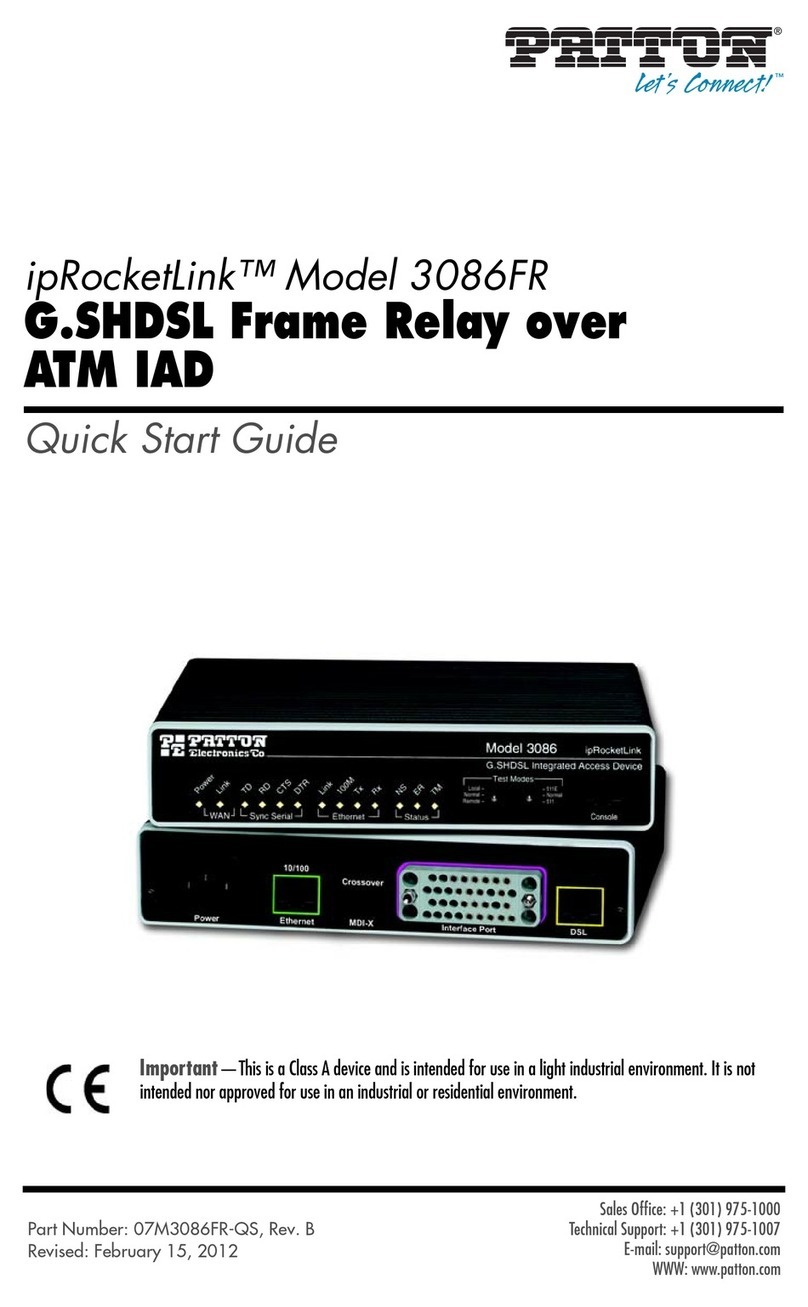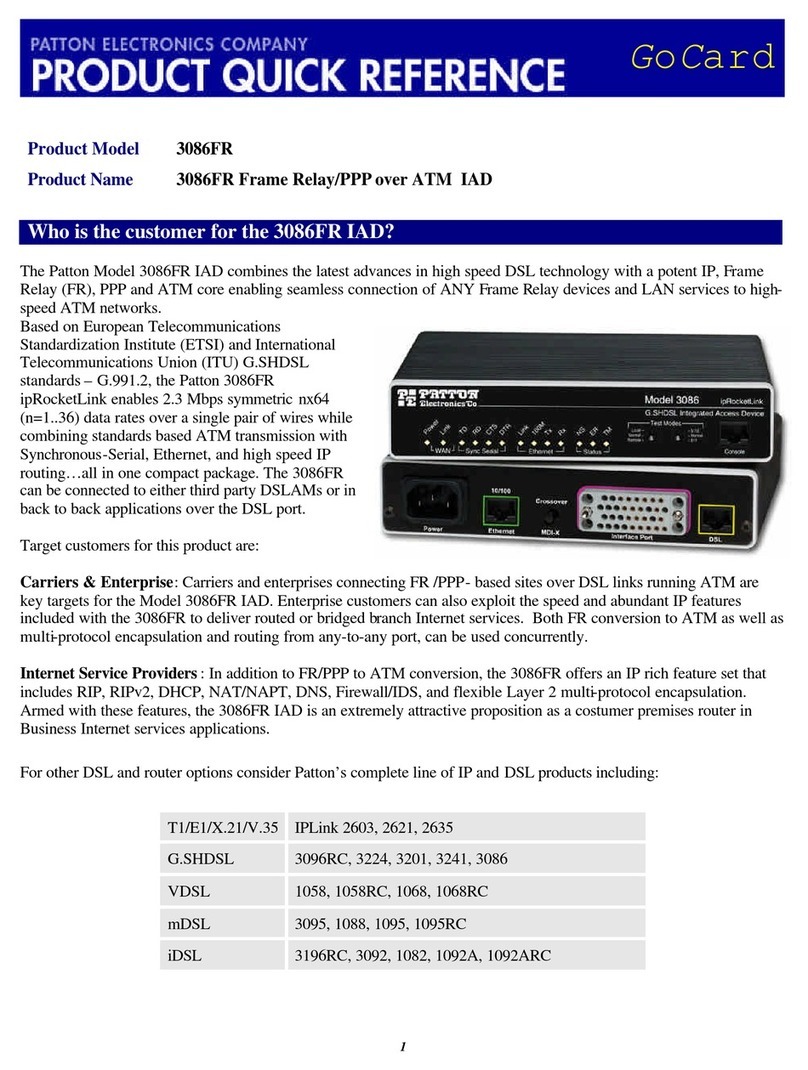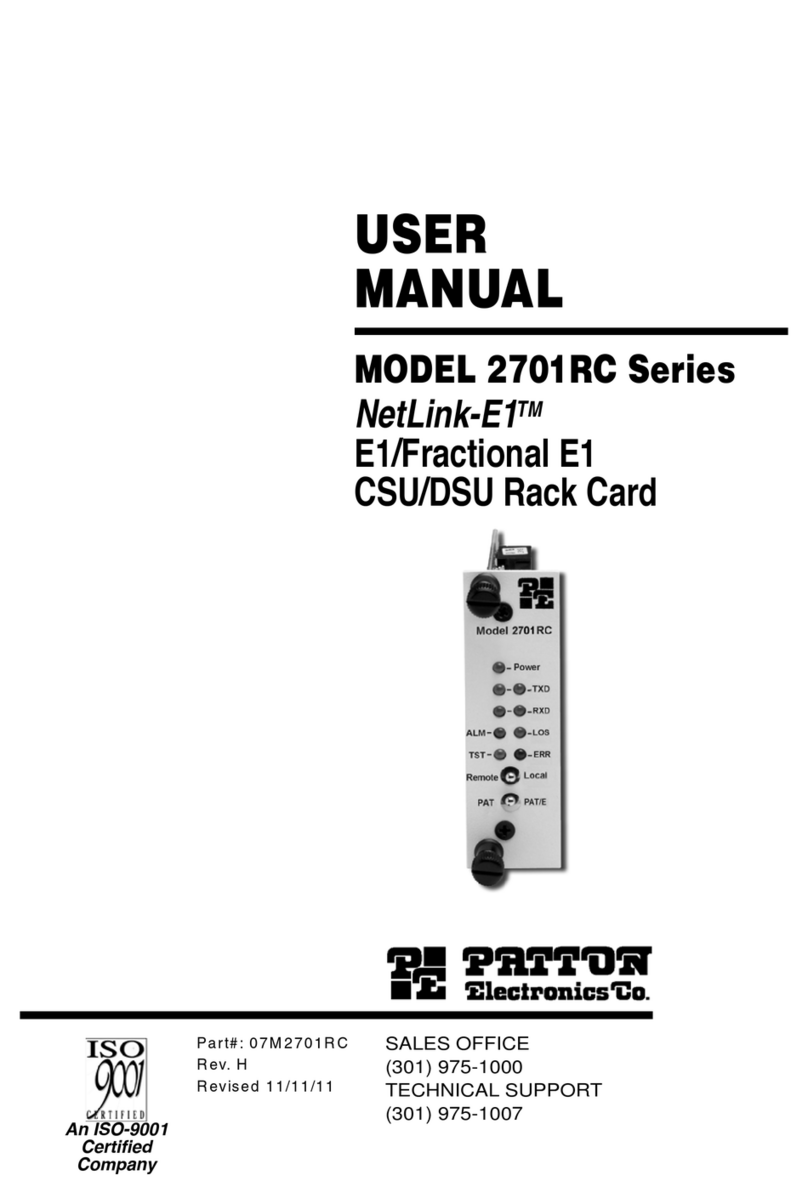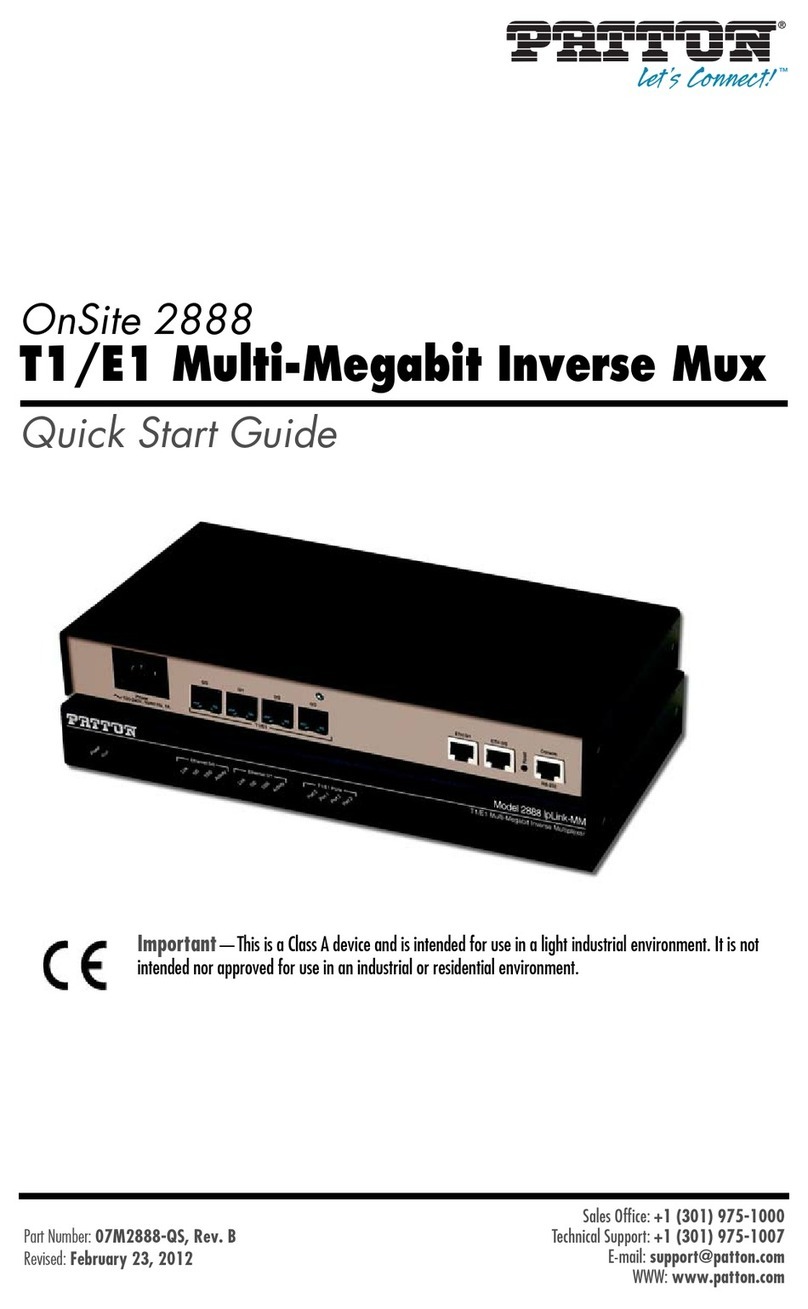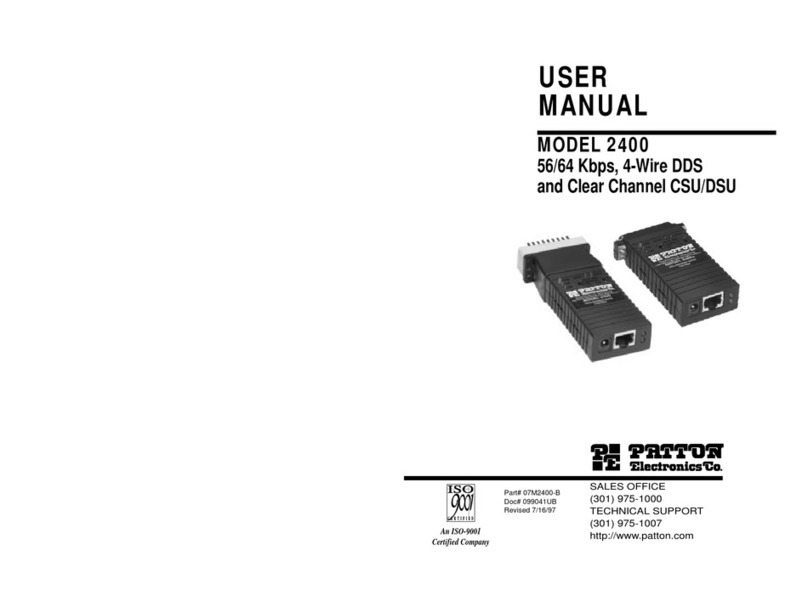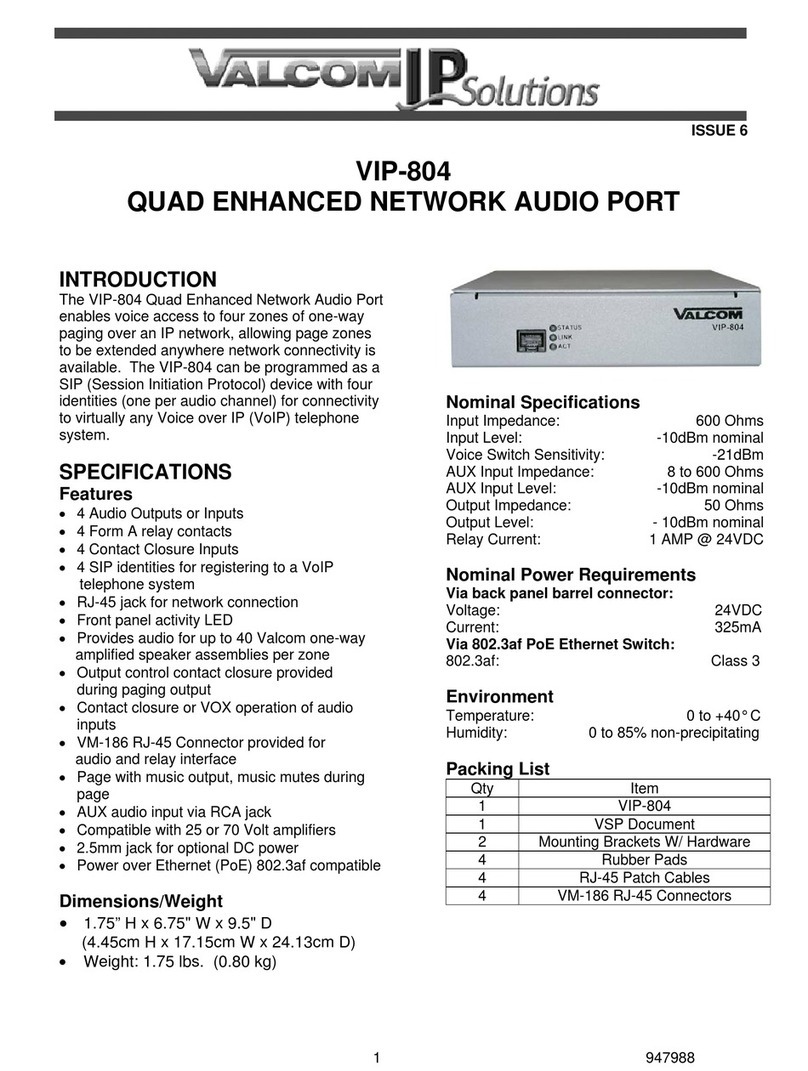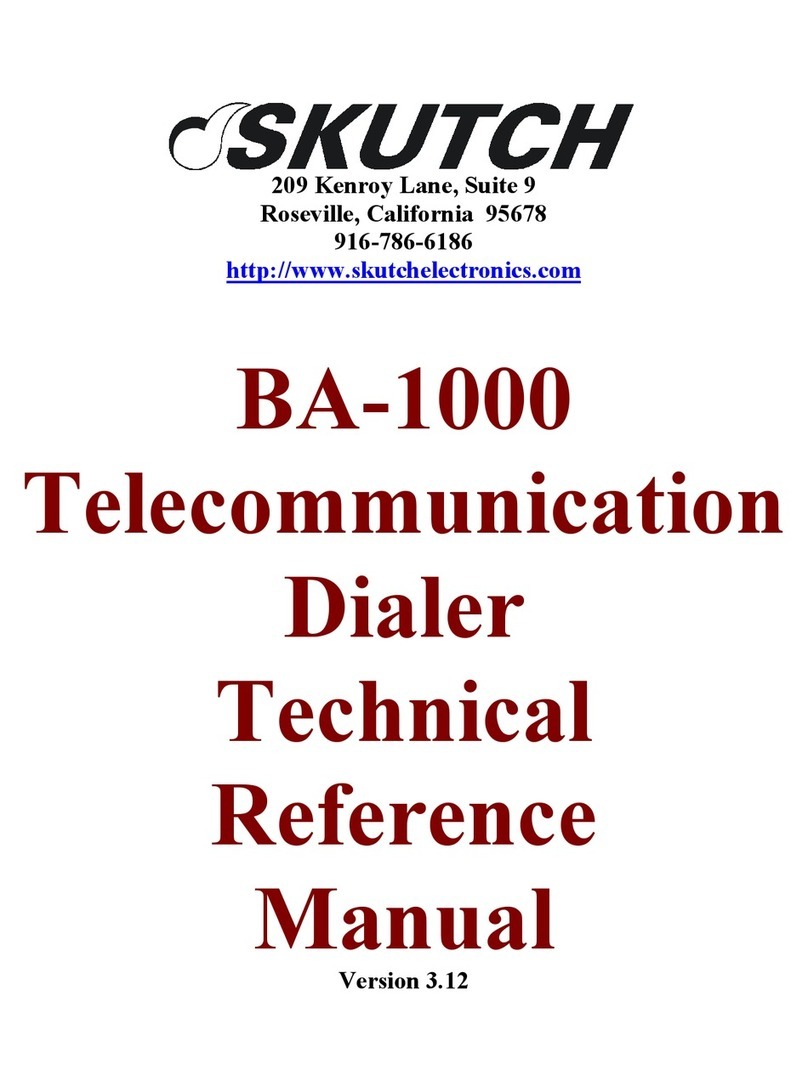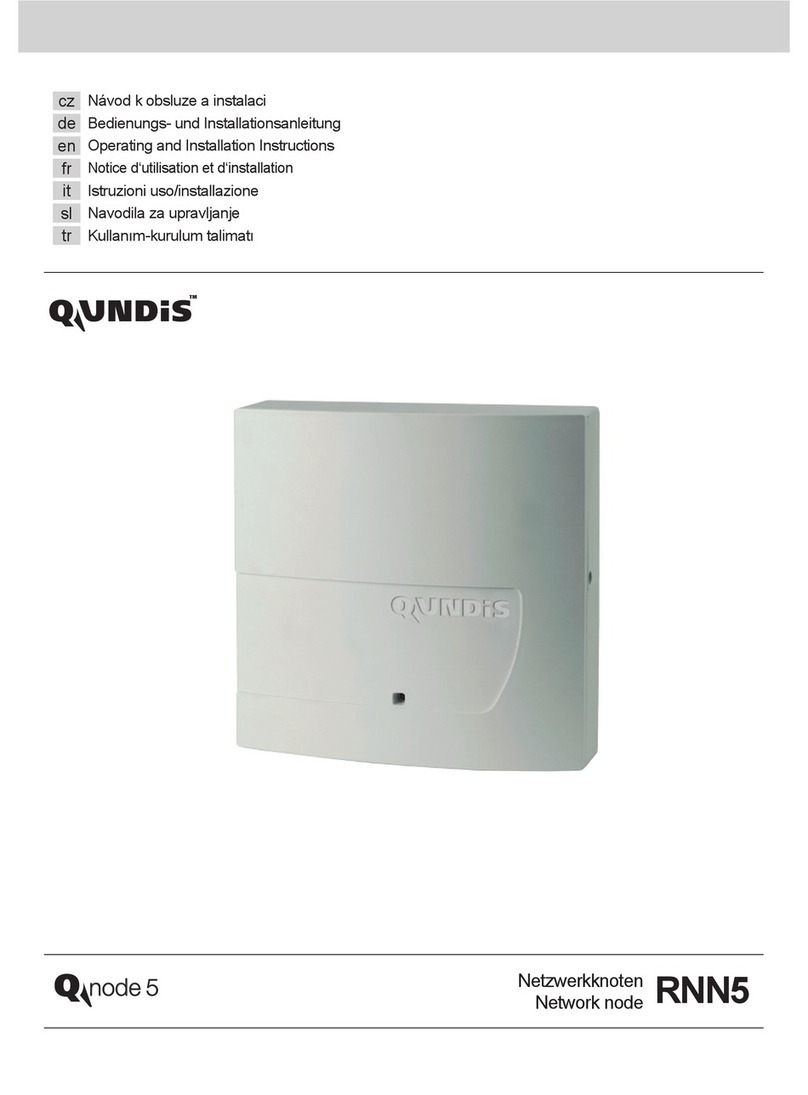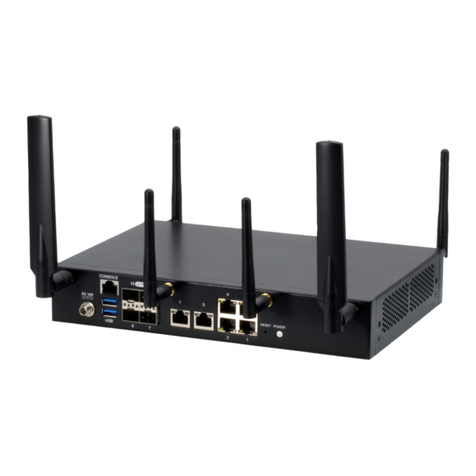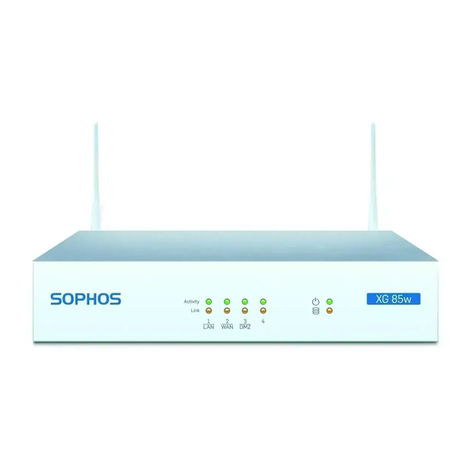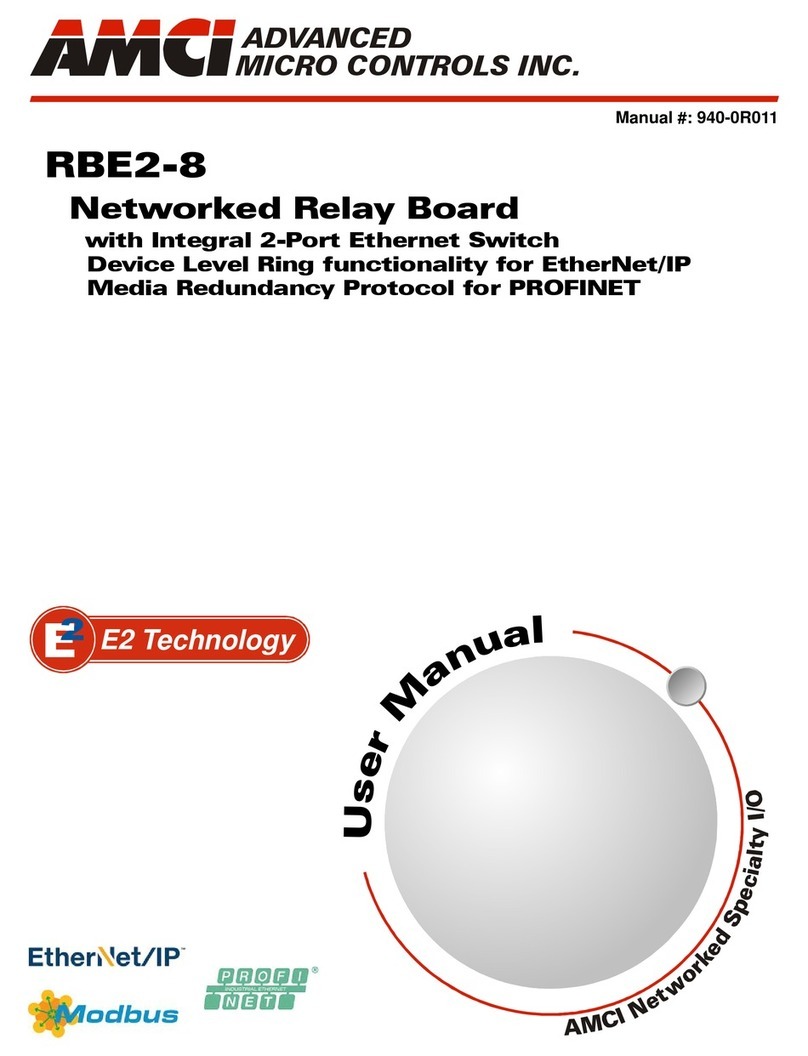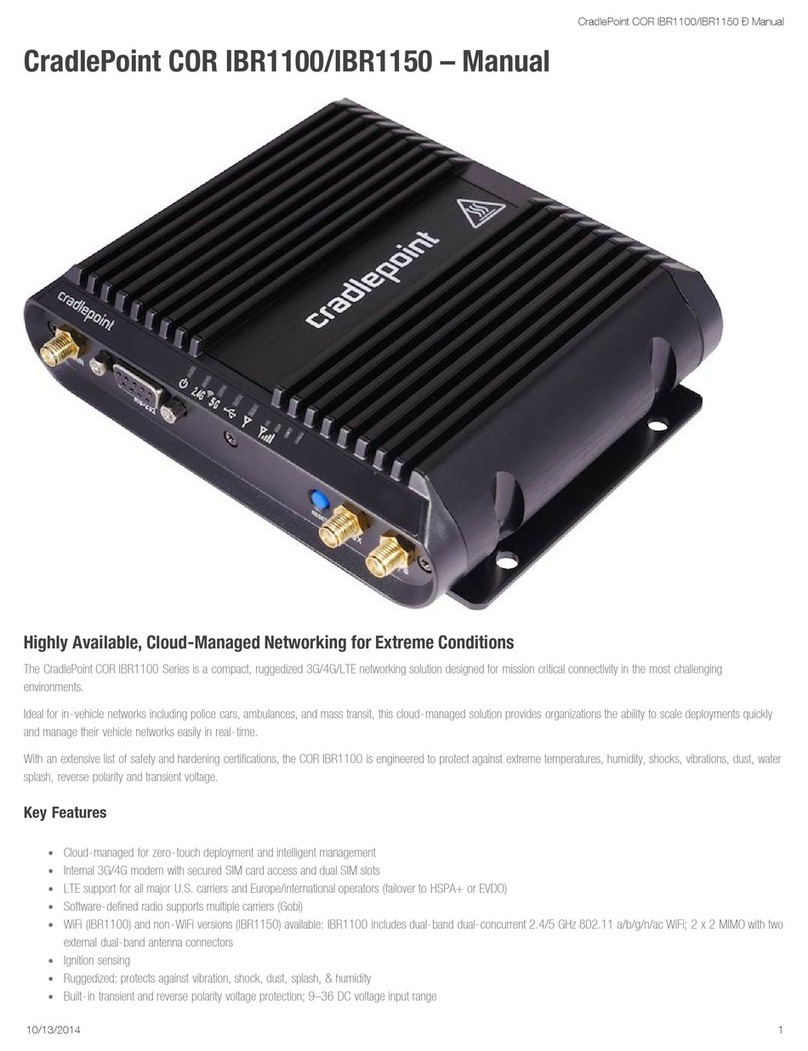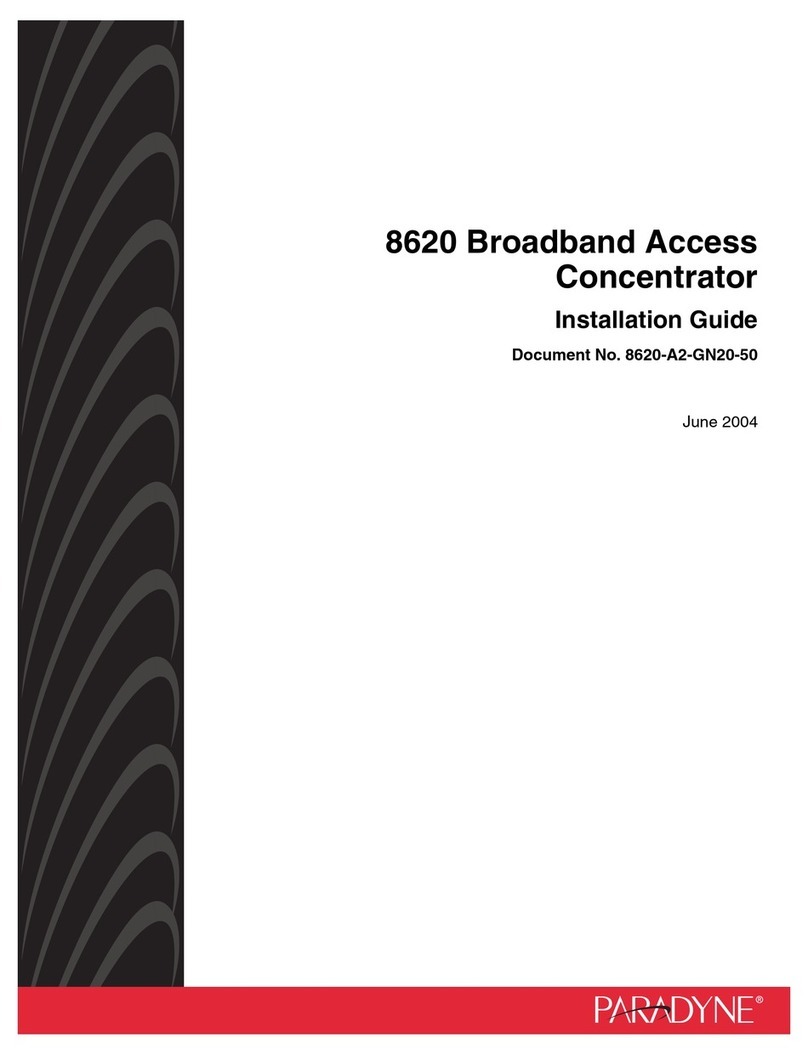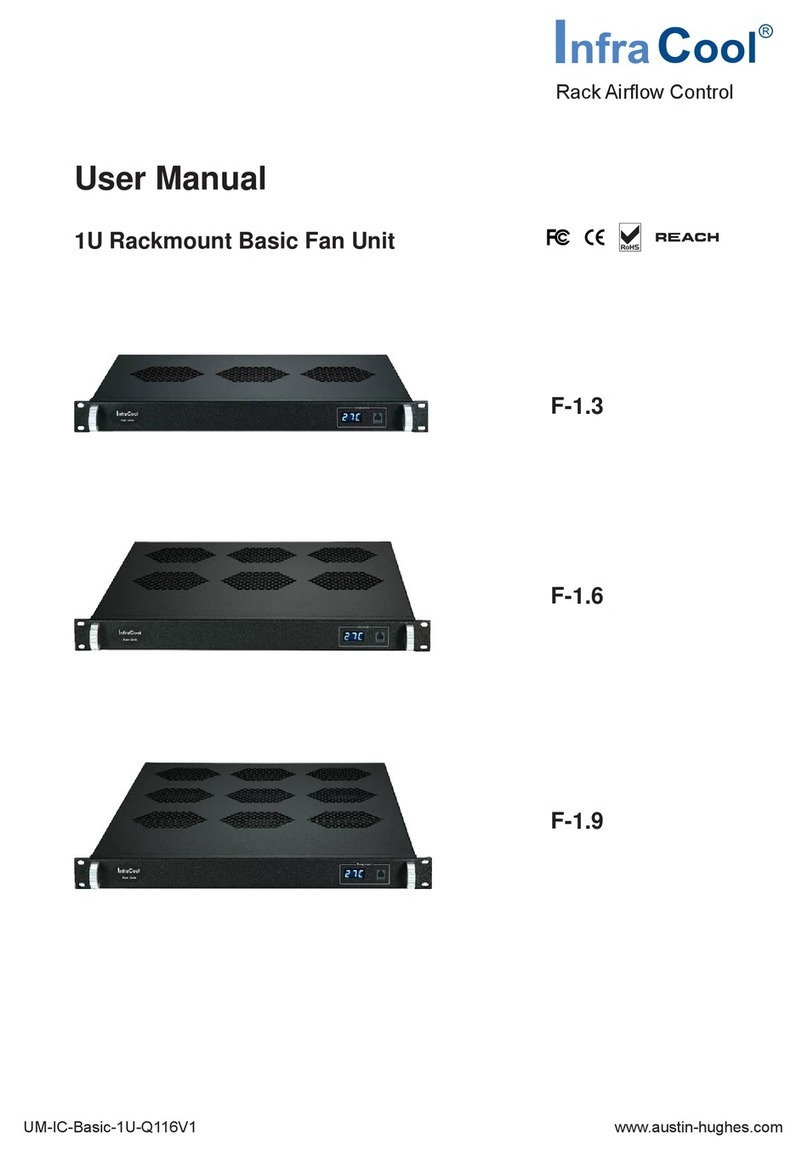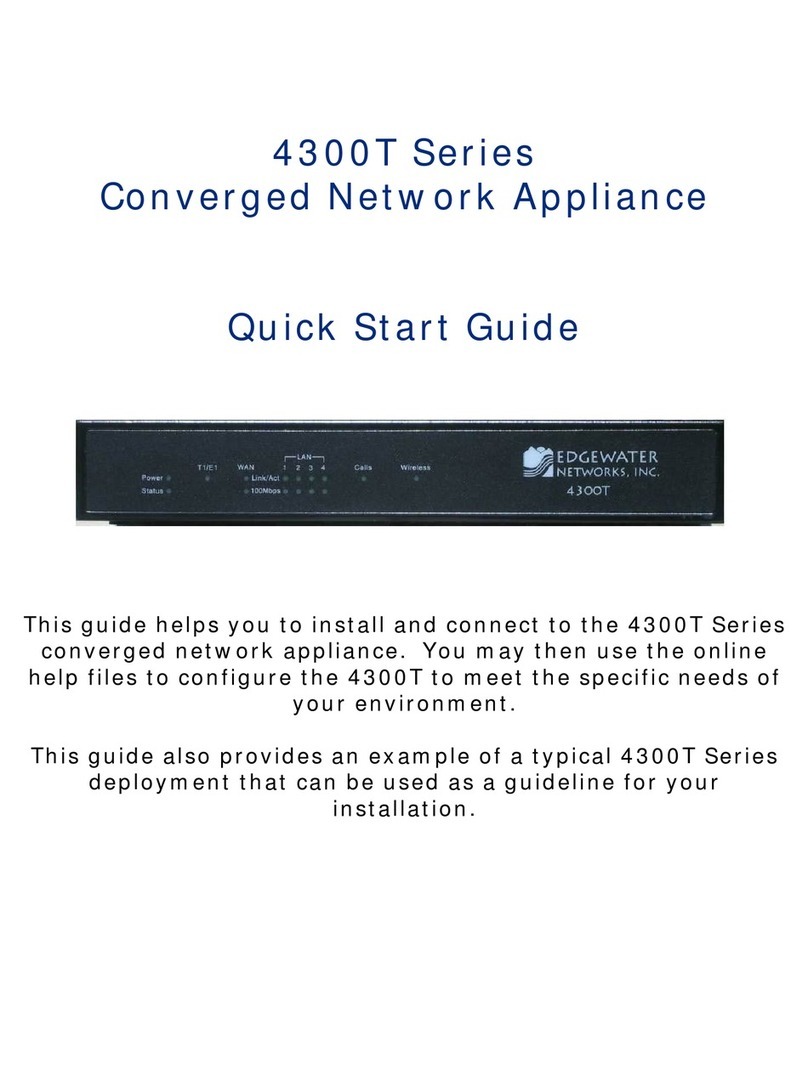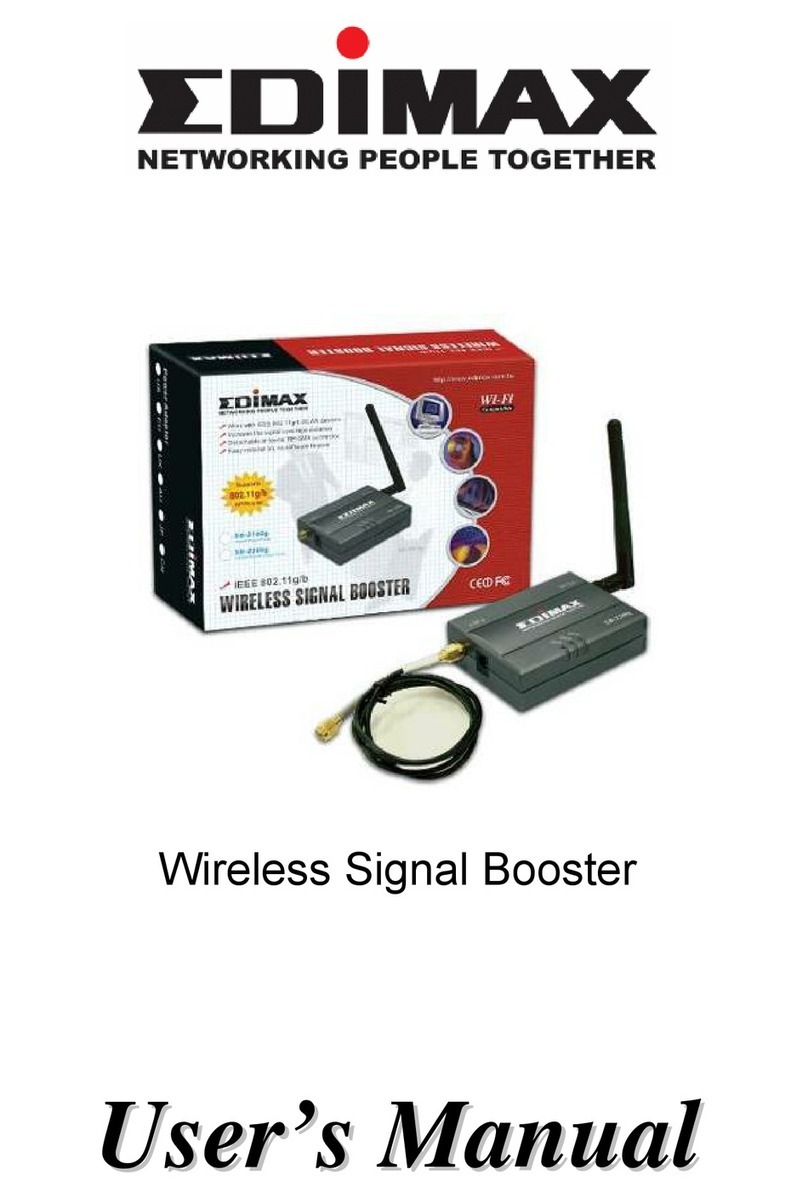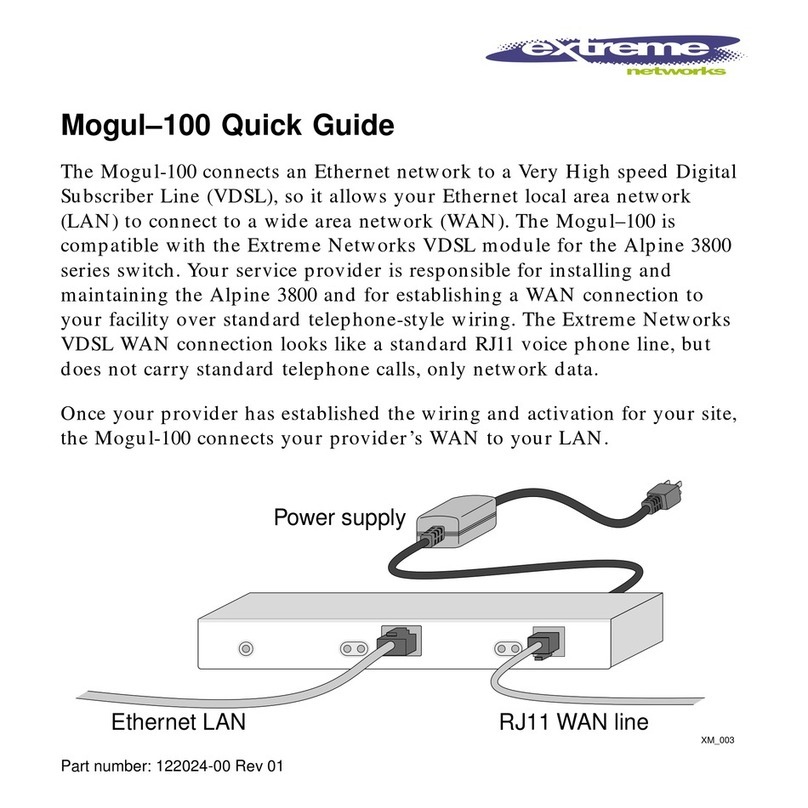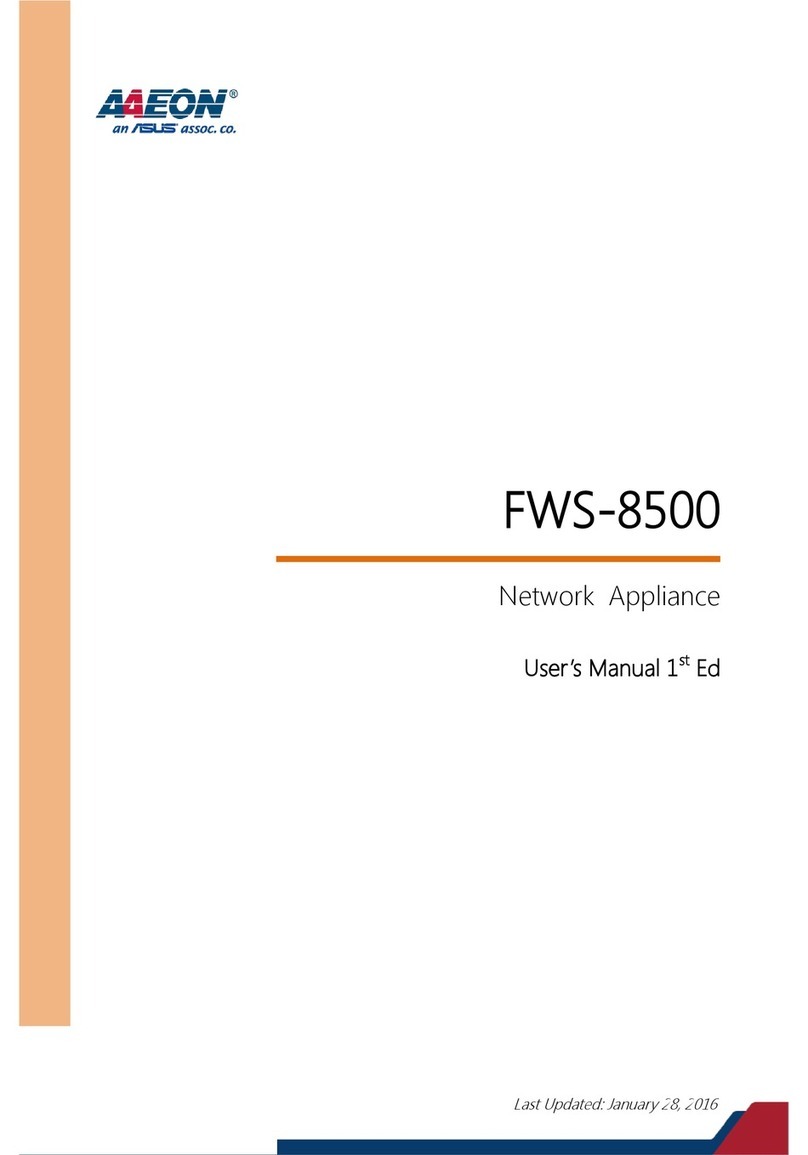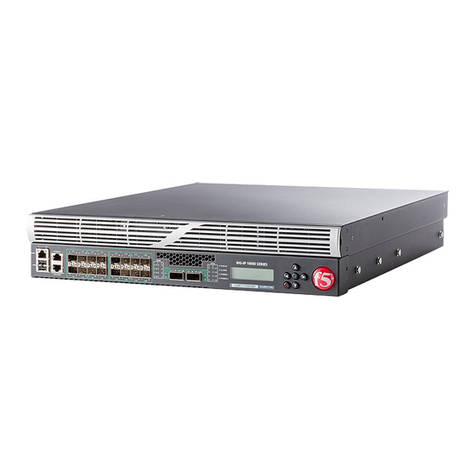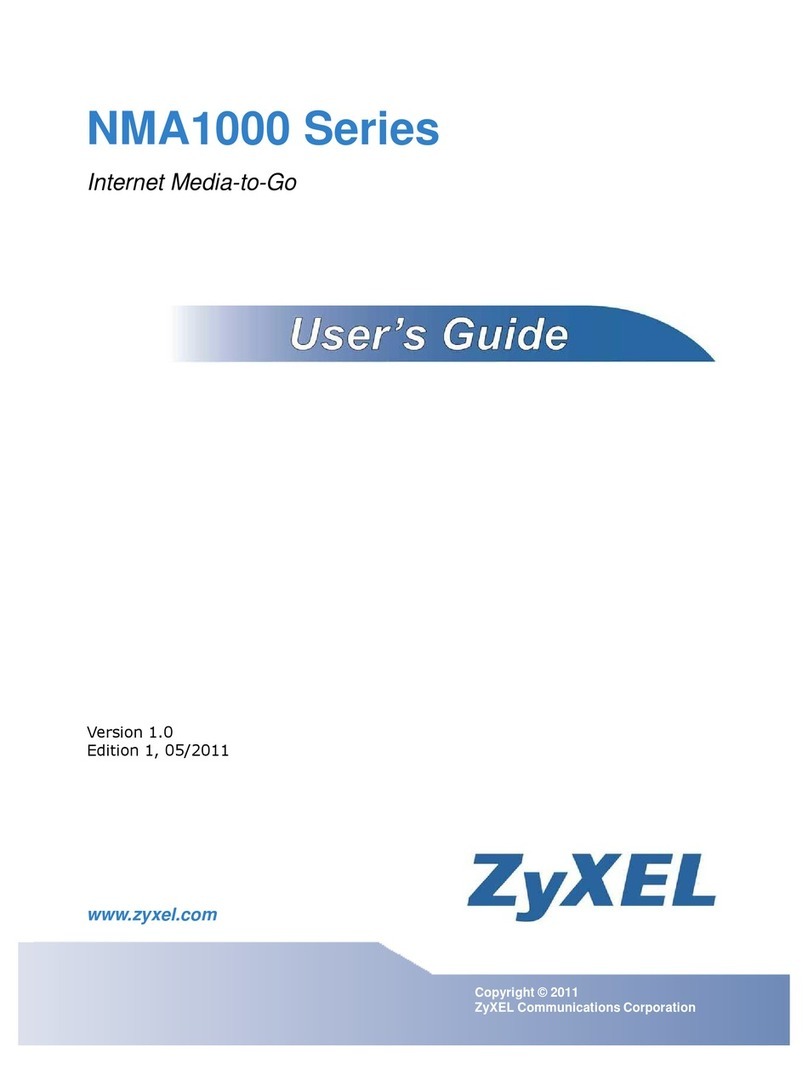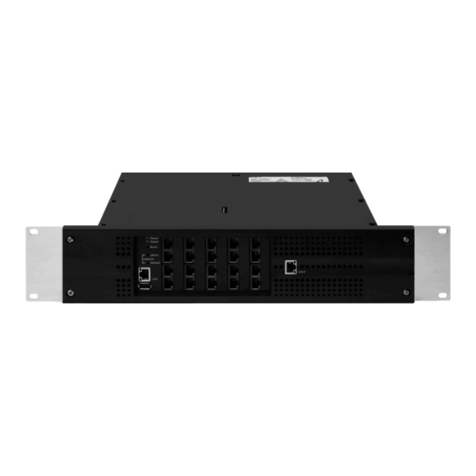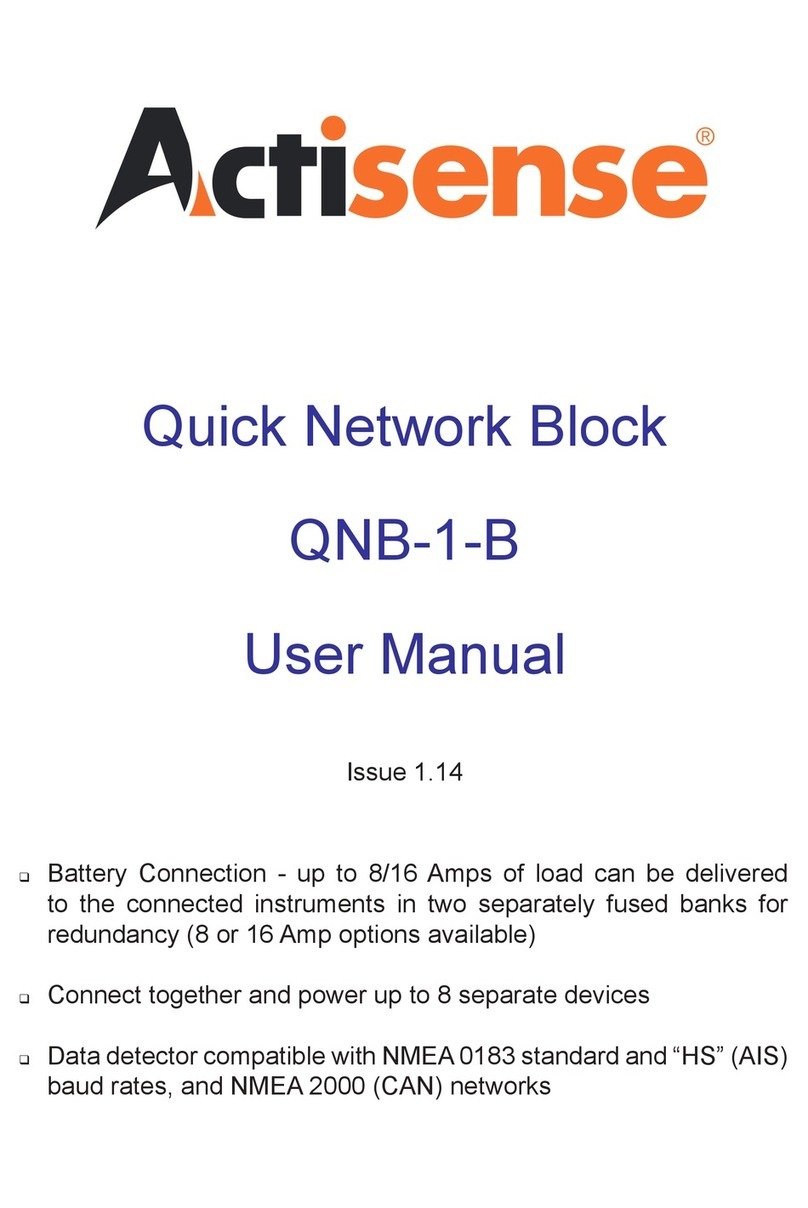
4
Model 3086FR ATM IAD User Guide Contents
V.35 and X.21 ports ..............................................................................................................................................39
Connecting the 3086FR serial port to a DTE .................................................................................................39
Connecting the 3086FR serial port to a DCE .................................................................................................39
T1 Interface...........................................................................................................................................................41
T1 Interface Connection .................................................................................................................................41
T1 Interface Configuration .............................................................................................................................41
E1 Interface...........................................................................................................................................................42
E1 Interface Connection .................................................................................................................................43
5Configuring the DSL and serial ports ........................................................................................................... 45
Introduction..........................................................................................................................................................46
Configuring the DSL interface ..............................................................................................................................46
Circuit ID .......................................................................................................................................................46
Clear Error Counters ......................................................................................................................................46
Intended DSL Data Rate ................................................................................................................................47
Actual DSL Rate .............................................................................................................................................47
DSL Rate ........................................................................................................................................................47
Terminal Type ................................................................................................................................................47
Interface Type .................................................................................................................................................47
Test Modes .....................................................................................................................................................47
Annex Type ....................................................................................................................................................47
Line Probe ......................................................................................................................................................48
Configuring the DSL interface using the CLI........................................................................................................48
DSL Data Rate ...............................................................................................................................................48
Data Link Interface .........................................................................................................................................48
Annex Type ....................................................................................................................................................48
Line Probe ......................................................................................................................................................49
Error Monitors ................................................................................................................................................49
Configuring the serial port.....................................................................................................................................50
Configuration variables available .....................................................................................................................50
CLI Configuration Methods ...........................................................................................................................50
Web Interface Configurations .........................................................................................................................52
6Configuring FR and ATM features................................................................................................................ 53
Introduction..........................................................................................................................................................55
Frame Relay Network (FRN) Interworking (FRF.5)..............................................................................................57
FRN configuration options .............................................................................................................................58
Web configuration methods for FRF.5 port and channel level configuration ..................................................58
FRN configuration options .............................................................................................................................61
CLI Configuration Methods for Port Level Management ...............................................................................64
Configuration Management of the Channel Level Variables ...........................................................................65
Frame Relay Service Interworking (FRF.8)............................................................................................................66
FRS Configuration Options ............................................................................................................................67
CLI Configuration Method ............................................................................................................................71
Web Configuration Methods ..........................................................................................................................72
